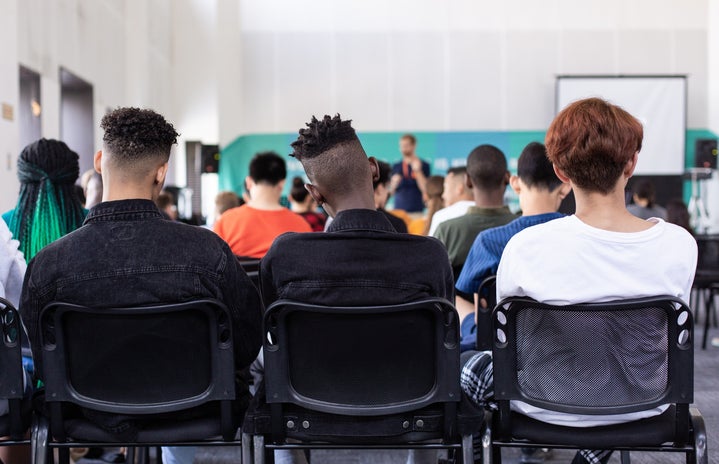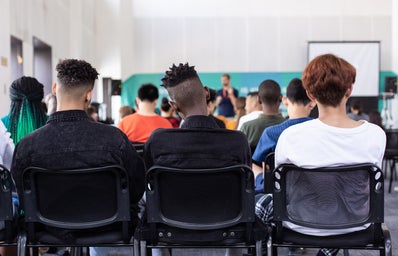The most fascinating piece I read about the recent Kendrick Lamar-Drake beef was a LinkedIn post by Dr. Wil Greer. He shares a Google Drive of lesson plans for English teachers to use the battle as a teachable moment. The lesson assigns students to write a 2–3-page argumentative paper that explains who they think won. Students are asked to describe who has the most memorable verses, how figurative language was used, and what points of view are considered, all to engage in discussion of figurative language. Greer ends his posts by saying this lesson presents an opportunity for connection with students, especially in the context of the modern English language.
Rap and hip-hop are not new inside America’s educational systems. Scholars, such as Marc Lamont Hill and Jeff Duncan-Andrade, have found that both genres can teach critical thinking skills, critical literacy skills, and media literacy skills. The Journal of Media Literacy Education published a study using rap lyrics and videos to guide college students’ exploration of mass media’s representation of the “independent Black woman”. Researchers discuss that the students were able to distinguish between false narratives and facts in rap music, but overall, still struggle with American social stratification.
Rap lyrics carry an essence of poetry that, for decades now, deemed itself worthy of acknowledgement on an academic level. Using hip-hop in the classroom “engages youth with hip-hop literacy” and “art forms created by individuals who reflect them and their own communities”, writes teacher Quan Neloms. Rap and hip-hop pedagogies are the gateway to educational curriculums that encourage English literacy, critical thinking, and diverse perspectives.

